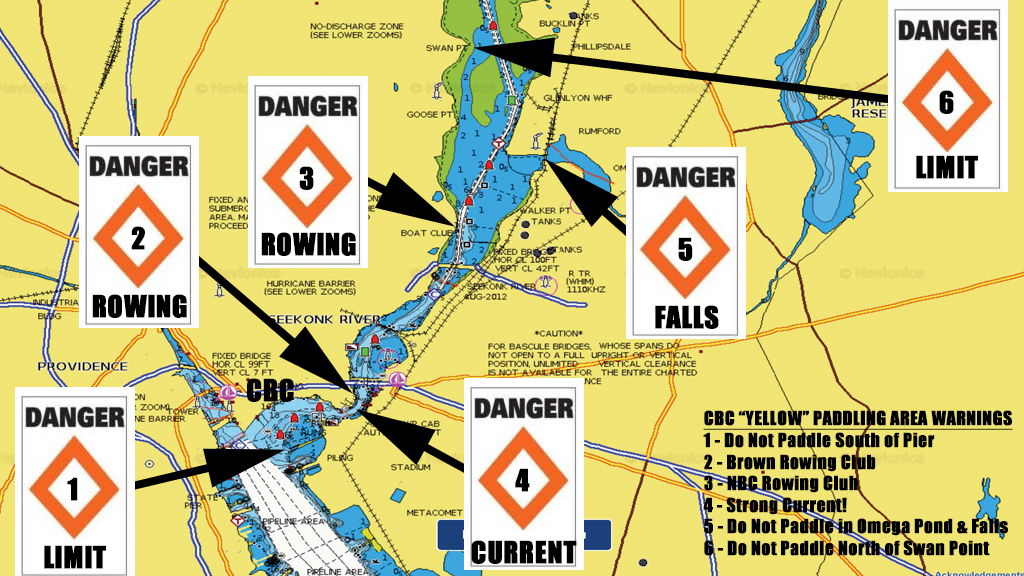CBC is the only Rhode Island program north of Newport that offers the general public boating lessons and access to boats for recreational sailing and paddling. Members can use sailboats or kayaks on evenings and weekends for a very affordable seasonal fee. NEW – paddleboards are available to rent.
An active boating program at India Point Park also adds to the quality of city life and helps advance Providence’s image as a waterfront city. Charleston, Boston, San Francisco and our own Newport are good examples of the positive impact a bustling waterfront can have on tourism and residential life. Join us today!
If you have any questions concerning our program please contact us at 401-454-7245 or info@communityboating.com. We’re here to make your sailing and paddling experience as safe and enjoyable as possible.
What To Wear/Bring
Sailing and paddling are challenging sports that encourage and require a healthy lifestyle. Help us prepare you for a day on the water with these simple, important guidelines that will help sailors and paddlers alike to learn properly, and enjoy your experience:
- Bring a re-usable water bottle (no plastic, single-use bottles!)
- Wear sun-block, sunglasses, hat, and other sun protection
- Wear layered clothes for cooler temperatures on the water
- Bring a change of dry clothes and a towel
- Wear old sneakers or aqua socks that can get wet
- Tight sandals with a toe/ arch strap are OK (no flip-flops)
- Don’t bring jewelry, electronics, or anything that you value
- CBC is not responsible for any lost, immersed, or stolen items
- Coast Guard approved Type III lifejacket
ALWAYS Wear Your Life Jacket
Wear a properly fitting U.S. Coast Guard-approved life jacket at all times.
Don’t Drink While Paddling
Avoid alcohol – it impairs coordination and balance you need for control.
Stay Low
Learn how to enter/exit your boat/board safely and stay low whenever possible.
Keep Your Balance
Don’t overload your boat/board. Distribute passengers and gear evenly & low.
Practice the Wet Exit (kayaks)
Learn how to get out of, hang on to, right, and re-enter a capsized boat. The best self-rescue technique for sit-on-tops is BBF- Belly, Butt, Feet. Pull the kayak under you, and stabilize yourself on the kayak: first on your belly, then your butt, and finally your feet.
Don’t Get Left in the Cold
Dress for the weather conditions and be prepared for cold water immersion. Hypothermia is a danger any time of year.
Plan Ahead
Know the water you’re paddling, plan your day of paddling, and file a “float plan” so we know where to find you and when you plan to return.
Never Paddle Alone
Companions can come to your aid if you get in trouble. New paddlers should paddle with someone more experienced — it’s a great way to learn and remain safe if there’s a mishap.
Be In Command
Know how to move your boat/board forward, back, and sideways, and how to stop using paddle strokes. Watch ahead for hazards like undercut rocks, bridge pilings, large branches and trees, big drop-offs, or other boats.
Learn About Your Boat/Board
Know your skill level and avoid weather or water conditions that exceed your skill. Consider taking a kayak or paddleboard safety class.
Miscellaneous CBC Paddling Tips
- Constantly scan for potential hazards and changing weather.
- Set a reasonable pace so everyone can stay together.
- Recognize when members of your group are tired or having difficulty and adjust pace accordingly.
- Look out for everyone in your group. Designate a “sweep” boat/board to bring up the rear and make sure you don’t lose stragglers.
- Communicate effectively on the water. Wind and water sounds can make hearing others difficult. Whistles and hand signals can help.
- Always be prepared for the unexpected flip or dunk.
- Sun and wind can be very dehydrating — make sure you drink water.
- Have Fun!

